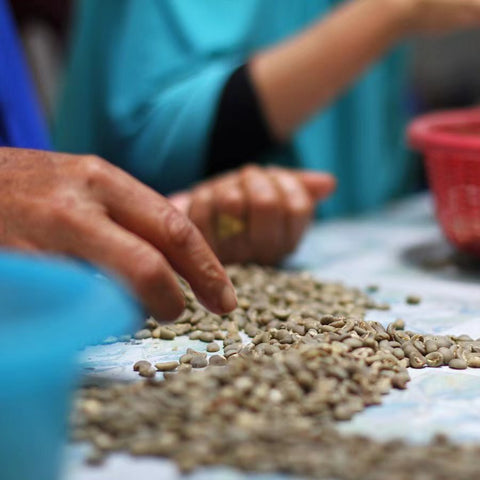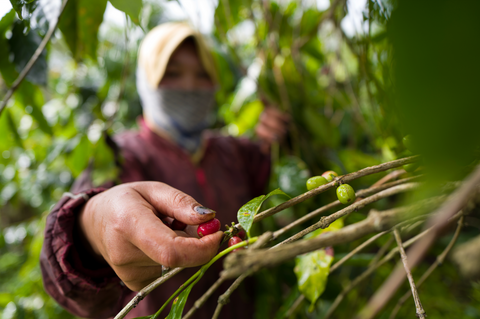The Story Behind Danau Toba
Origins and Heritage:
Nestled in the northern highlands of Sumatra, our coffee hails from regions like Tapanuli, Aceh, and Gayo, extending further south to Lintong near Lake Toba, one of the world's deepest lakes. Named after the Mandheling people of northern Sumatra, this coffee is a tribute to their rich heritage and dedication.
Smallholder Farmers:
Most of our Sumatran coffee is grown between 2,500 and 5,500 feet by smallholder farmers, with nine out of ten farmers cultivating coffee on less than one hectare of land. Our beans are sourced from the Mukti Ali co-op, ensuring that each purchase supports local farming communities.
The Unique Lindong Mandheling:
Lindong Mandheling, an Arabica coffee variety, is cultivated in the mountains surrounding Lake Toba in Subei Province. This alpine freshwater lake, located north of Medan, Sumatra's capital, sits at an average altitude of 900 meters. Our traditional Mandheling coffee boasts a distinct herbal aroma, thanks to its wet-hulling process, which is a hallmark of its unique flavor profile.
Wet Hulling
Virtually all Sumatran coffee is wet hulled, a process known as "giling basah". In Indonesia, humidity ranges between 70% and 90% all year round, typhoons come at any time and annual rainfall even exceeds 2,000 mm. With such bad weather, it is impossible to use 2-3 weeks of sun drying as in Africa. The washing process is not only time-consuming, but also consumes more labor and water resources. Indonesia, which aspires to mass production, cannot afford it, so it has developed a unique method of semi-washing.
The peeled and pulped coffee cherries are poured directly into the tank for a short fermentation for a few hours. At that time, a small amount of pectin remains in the bean shell, and the mucous is removed with a brush. The shelled beans are then dried in the sun. The first drying only needs to reach a moisture content of 30-40%. After about 2-3 days, the farmers will sell the green beans to buyers. The buyer will directly hull the purchased semi-dried hulled beans with a machine to obtain the green bean.







